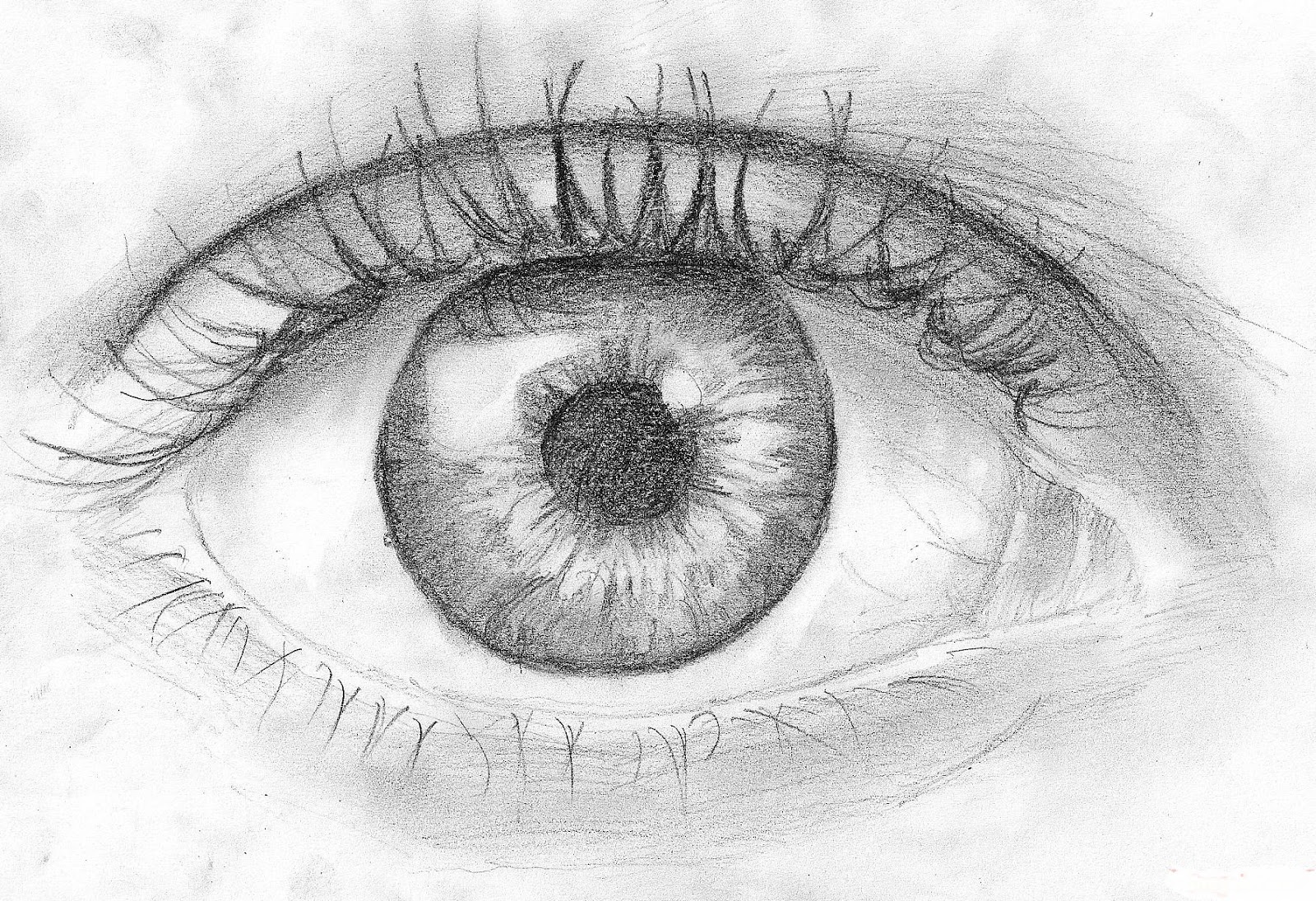Water draw
Table of Contents
Table of Contents
If you’re an artist who loves to draw landscapes, then you know that water is one of the most challenging elements to capture realistically. The way it moves, its reflection of light, and the color variation are all factors that make it a difficult subject. In this blog post, we will discuss how to draw realistic water and provide tips to help you master this elusive subject.
Challenges in Drawing Realistic Water
The first challenge artists face when drawing realistic water is the movement. Water is constantly moving and can be difficult to capture in one instance. Additionally, water comes in many forms, such as waves, ripples, and splashes. Artists need to understand and capture these movements when drawing water. Secondly, the reflection of light on water also makes it difficult to draw, especially when the water has a reflective surface. Lastly, drawing water is a challenge because of its color variation. Water can range from clear to opaque, and the color can range from blue to green to brown.
Tips for Drawing Realistic Water
When drawing water, there are several things you can do to capture its movement and color variation. First, observe water in real life and take note of how it moves and changes color. Secondly, pay attention to the light and reflection on the water’s surface. Thirdly, use the right colors to capture the water’s natural color. Finally, when drawing waves and ripples, use a combination of curved and straight lines to make the ripples look more natural.
Summary of Tips
To summarize, drawing realistic water requires careful observation of its movement, color variation, and reflection of light. To capture these elements effectively, artists must observe water in its natural setting, pay attention to the light and reflection, use the right colors, and create natural-looking waves and ripples.
Target “Texture” in Drawing Realistic Water
When talking about texture, drawing realistic water requires not only capturing the shape of the water but also the texture it creates. To draw realistic water with texture, a simple trick is to use a HB pencil for sketching the outline of the shape of the water’s movement. Later, use a 2B pencil to create the texture of the water so that it looks more appealing and natural. It’s also important to add the shadow and reflection to the water to create a depth and dimension to the water.
Target “Reflection” in Drawing Realistic Water
Reflection is undoubtedly one of the most exciting and fantastic parts of drawing realistic water. Capturing and creating an accurate reflection on the water’s surface requires a lot of attention and skill. Firstly, you should consider the angle of your view, as the reflection changes based on your angle. Secondly, consider the distance and height of the object from the water level. And thirdly, use the right brush or pencil to create the perfect texture to create an accurate reflection.
Reflection Tip
The best way to create an accurate reflection is to divide the water surface into shapes and draw reflections of the objects in each shape. You can repeat the objects or shapes as a reflection more than once, which will make the reflection look realistic and also add depth to your painting.
Understanding Reflection
To fully understand reflection, it is essential to have knowledge of light, which can help you get the correct reflection on the surface of the water. Objects reflect light, and the reflected light travels in the opposite direction. Understanding the lighting will help you identify and locate the shadows and reflections. This will provide depth and dimension to your artwork.
FAQs on How to Draw Realistic Water
Question 1: How can I add depth to my water drawing?
Answer: To add depth to your water drawing, consider adding shadows and reflection to the water surface. Also, use different tones of the colors to create layers of the water to create a perception of depth and dimension.
Question 2: What colors should I use to draw realistic water?
Answer: The color of water depends on several factors, such as the depth, contamination, and angle of the sun. However, generally, water is made of shades of blue and green, and by shedding light on the surface, it creates white highlights, making it look crystal clear.
Question 3: How do I create waves in my water drawing?
Answer: To create waves in your drawing, use a combination of curved and straight lines. Draw the waves in the direction of the current or wind, and try to make sure the waves’ size and shape are consistent.
Question 4: How can I create the perfect reflection in my water drawing?
Answer: The best way to create a perfect reflection is by dividing the water surface into different shapes and then drawing reflection of objects in each shape. You can add more than one reflection to an object to create more depth.
Conclusion for How to Draw Realistic Water
Drawing realistic water can be challenging, but with proper observation and attention, it can be mastered. By following the tips we have discussed, you can create a realistic and breathtaking watercolor or pencil painting. Pay attention to the water’s texture and reflection and use different tones and layers to create depth and dimension. Happy painting!
Gallery
Design Stack: A Blog About Art, Design And Architecture: Hyper

Photo Credit by: bing.com / realistic drawings pencil water hyper drawing shanghai paul designstack
How To Draw Water By Pencil Sketch Full Video Tutorial In 2021 | Water

Photo Credit by: bing.com / water
Water Drawing | Pencil Art Drawings, Pencil Drawings, Drawings

Photo Credit by: bing.com / pencil bleistift realistische glas tekenen bleistiftzeichnungen charcoal perspektive kunstzeichnungen objekt schetsen om tekeningen potloodtekeningen skizzen gouttes potloodkunst handen tekentips çizimler
How To Draw Water - YouTube

Photo Credit by: bing.com / water draw
Water By Monyn … | Digital Painting Tutorials, Digital Art Tutorial

Photo Credit by: bing.com /





